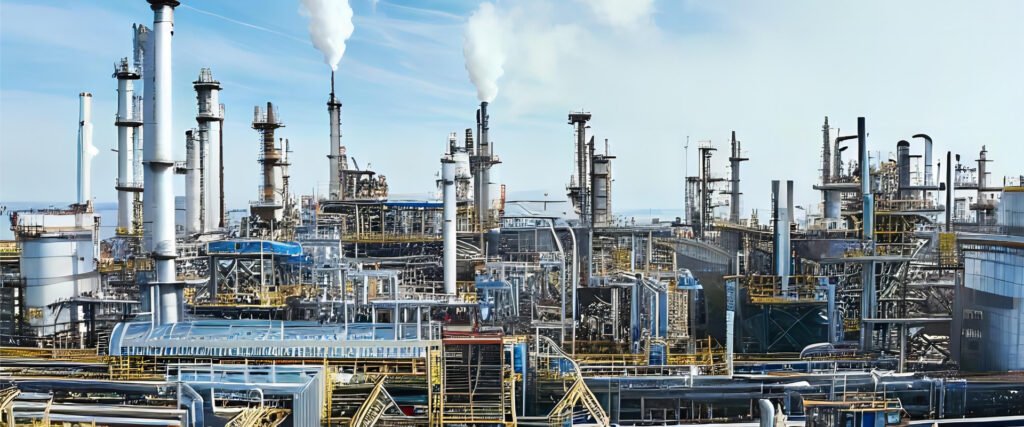Your cart is currently empty!
TEL:08615998857658

Additives used in oil industry
There are various additives used in oil industry for different purposes in their operations.
Description
The oil industry utilizes a wide range of additives across various stages of its operations, from exploration and production to refining and final product applications. Here’s an overview of some key categories of additives used:
1. Drilling and Production Additives:
- Drilling fluids: These fluids play a crucial role in various functions during drilling operations:
- Viscosity modifiers: Control the thickness and flow properties of the drilling fluid for efficient drilling and wellbore stability. Common examples include clays, polymers, and asphaltenes.
- Lost circulation materials: Help prevent the drilling fluid from leaking into surrounding formations. These can be fibrous materials like cellulose or particulate materials like calcium carbonate.
- Corrosion inhibitors: Protect metal components from corrosion caused by exposure to harsh chemicals and brines. Examples include amines and carbamates.
- Lubricants: Reduce friction between the drill pipe and the wellbore, allowing for smoother operations. Fatty acids and esters are commonly used.
2. Refining Additives:
- Demulsifiers: These additives help separate water from crude oil during the refining process. They work by breaking down the interfacial tension between the oil and water, allowing them to separate more efficiently.
- Corrosion inhibitors: Similar to those used in drilling fluids, they protect refinery equipment from corrosion caused by various chemicals present in crude oil.
- Antifoaming agents: Prevent excessive foaming during the refining process, which can hinder efficient operations. Silicone-based compounds are often used for this purpose.
3. Fuel Additives:
- Gasoline and diesel additives: These are added to improve fuel performance and engine health. Examples include:
- Detergents and dispersants: Keep engine components clean by preventing deposits and sludge formation.
- Anticorrosion additives: Protect fuel systems from corrosion.
- Cetane number improvers: Enhance the ignition quality of diesel fuel, leading to smoother engine operation and reduced emissions.
- Oxygenates: Improve fuel combustion and reduce emissions, although their environmental impact is debated.
4. Lubricant Additives:
- Anti-wear and extreme pressure (EP) additives: Reduce wear and tear on engine components under high pressure and temperature conditions. Examples include ZDDP (zinc dialkyldithiophosphate) and MoDTP (molybdenum dialkyl dithiophosphate).
- Viscosity index (VI) improvers: Maintain the optimal viscosity of the lubricant across a wider temperature range. Polymers are commonly used for this purpose.
- Antioxidants: Slow down the degradation of the lubricant due to oxidation, extending its lifespan and maintaining performance. Phenolic antioxidants and aromatic amines are common examples.
5. Other Additives:
- Asphalt modifiers: Enhance the properties of asphalt used for paving, making it more durable and weather-resistant. Polymers and sulfur are often used in this context.
- Corrosion inhibitors: Used in various applications within the oil industry to protect pipelines, storage tanks, and other infrastructure from corrosion.
It’s important to note that this is not an exhaustive list, and specific additives used may vary depending on the application, desired performance characteristics, and environmental regulations.







Reviews
There are no reviews yet.